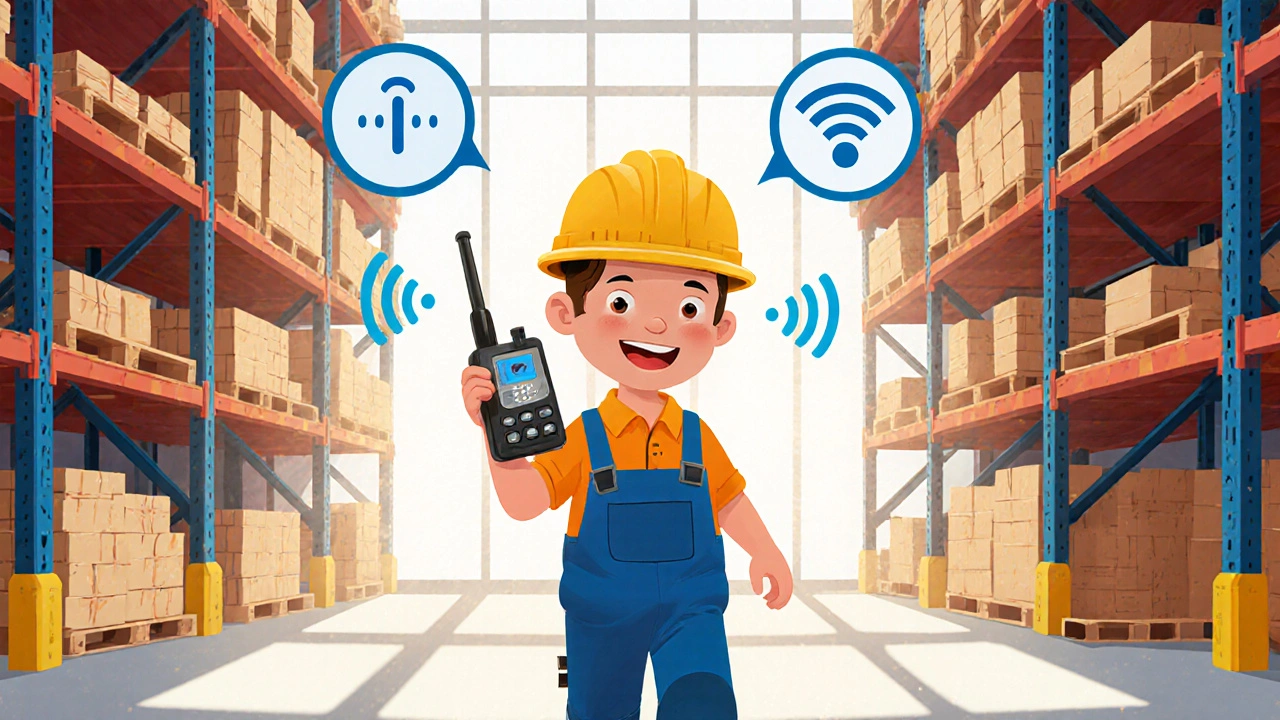Enterprise VoIP Phones: What They Are and How They Save Businesses Money
When you think of office phones, you might picture bulky desk units with tangled cords. But enterprise VoIP phones, digital phones that send voice over the internet instead of traditional phone lines. Also known as SIP phones, they’re the backbone of modern business communication—powering everything from customer service teams to remote sales staff. Unlike old landline systems, these phones connect directly to your network, use less power, and integrate with tools like CRM software and call recording systems. They’re not just phones—they’re smart devices that help teams work faster and cheaper.
What makes enterprise VoIP phones, digital phones that send voice over the internet instead of traditional phone lines. Also known as SIP phones, they’re the backbone of modern business communication—powering everything from customer service teams to remote sales staff. different from consumer-grade ones? They’re built for reliability. You won’t find flimsy plastic housings or basic mute buttons. These devices have hardened firmware, encrypted calls, and support for advanced features like call forwarding across locations, secure registration protocols, and role-based access controls. Many support SIP registration, the process that authenticates phones to a VoIP server before allowing calls using modern encryption instead of outdated MD5 methods. And because they run on your network, they play nice with VoIP security, measures like firewalls, access segmentation, and least privilege controls that protect phone systems from fraud and breaches. That’s why 83% of VoIP attacks are stopped by proper access controls—something cheap phones can’t handle.
Enterprise VoIP phones don’t just make calls—they help you track performance, reduce costs, and stay compliant. They work with call tagging systems to label outcomes like "closed sale" or "escalated support," letting managers spot trends without digging through logs. They’re compatible with auto-attendants and IVR systems that route calls without human help. And because they’re part of a cloud-based system, you avoid the $20,000+ upfront cost of old PBX hardware. You pay for what you use, scale instantly, and get updates automatically. Whether you’re a 10-person startup or a 500-person call center, these phones adapt to your needs—not the other way around.
Below, you’ll find real-world guides on how to pick the right device, fix audio issues, lock down security, and make sure your setup actually saves money—not just looks fancy. No theory. No fluff. Just what works for teams like yours.
